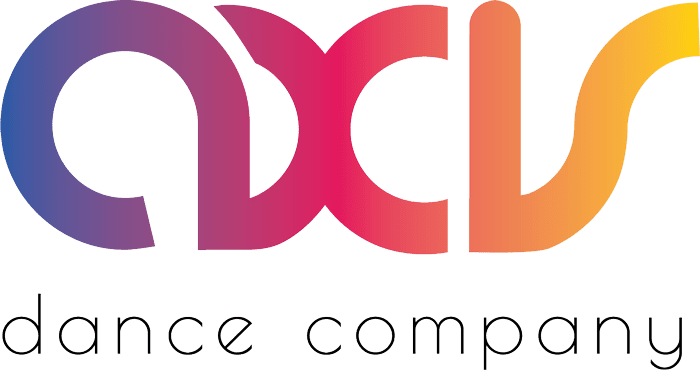Disability is invigorating aesthetic innovations across many fields of art, but uniquely so in dance artistry. So even if you might not work directly in the field of dance, we offer this scan of recent developments as a way of orienting to what disability brings to artistic practice. It builds on existing resources, like the research reports from Dance/NYC’s Disability. Dance. Artistry. initiative. Studying and tracking the field is the work of scholars, curators, programmers, and organizers, so please do not treat this section as a substitute.
Dance and performance are sited forms of art. They involve artists’ bodies, in a particular venue, on land that is most likely stolen – all of these are the sites of the work. The resources and spaces that make disability artistry possible are often built upon and perpetuate colonial projects of dispossession and displacement. The sovereignty of land is intimately connected to the sovereignty of bodies that have been neglected and deemed disposable. All of these webs of connection are part of accessibility.
Dance and disability is an artistic field. There is beautiful complexity in this field, with many traditions that contribute to a vibrant contemporary landscape. Very often, presenters and programmers treat this artistry as one and the same, as if one company in one season is all we need to represent disability in dance.
But as access grows, the variation in our field will grow too. This variation holds a great many artists working on a great many artistic questions. Venues and presenters play a key role in celebrating this expansion as a historical turning point in our discipline.
You’ll find examples from around the world in this section and throughout this document. We include those so you get a sense of some of the places outside the U.S. where disability arts is thriving – and so you can begin to understand how artists experience differences across very different arts ecologies.
Further Reading
Here’s more information about how the field is growing access:
